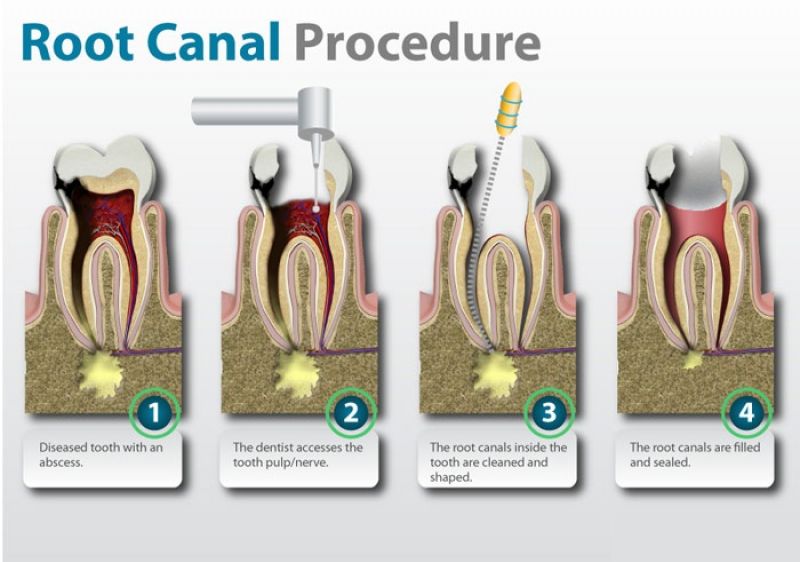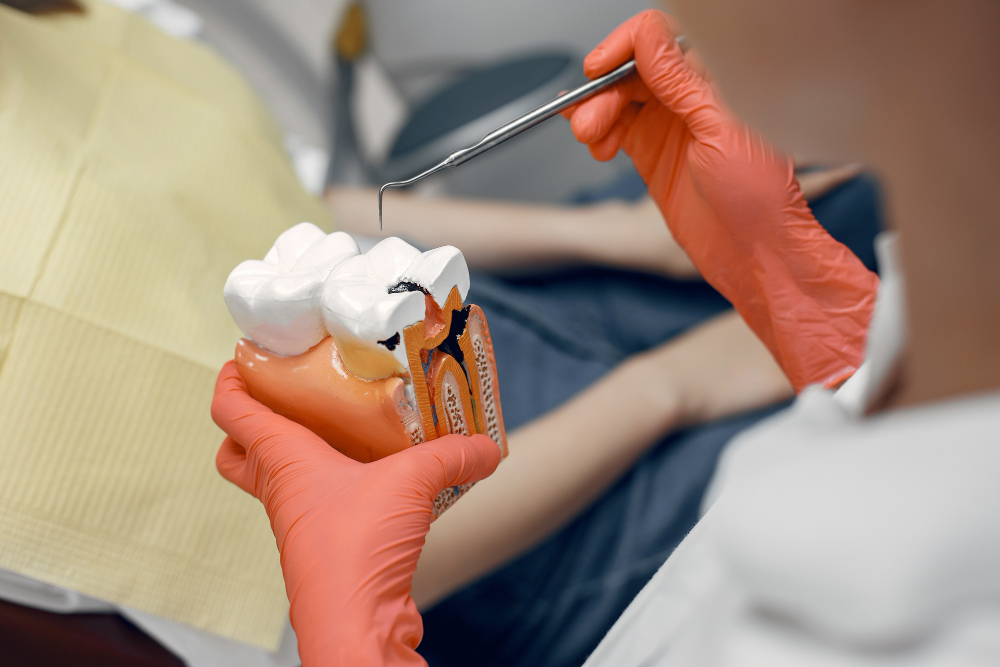Can you drive after a root canal? Essential information inside
Undergoing a root canal is a significant dental procedure that addresses infection or damage within a tooth’s pulp. At Aurora Smiles, under the expertise of Dr Amul G. Patel, patients receive meticulous care for root canal treatment in Mt Vernon, NY. A common concern among patients is whether it is safe to drive following the procedure. The answer depends on several factors, including the type of anaesthesia used, individual response to the treatment, and the complexity of the procedure. Understanding these elements is crucial to ensure safety and comfort post-treatment.

Understanding the Root Canal Procedure
A root canal is performed to treat infection or inflammation within the tooth’s pulp—the innermost part containing nerves and blood vessels. The procedure involves removing the infected pulp, cleaning and disinfecting the canal, and then filling and sealing it to prevent further infection. This treatment is essential for preserving the natural tooth and preventing the need for extraction. Typically, the procedure is carried out under local anaesthesia, which numbs the specific area being treated. Patients remain fully conscious and, in most cases, can resume normal activities shortly after the treatment.
Types of Anesthesia and Their Impact on Driving
The type of anaesthesia administered during a root canal significantly influences the ability to drive afterwards.
- Local Anaesthesia: Most root canal procedures are performed under local anaesthesia, which numbs the specific area being treated. Patients remain fully conscious and, in most cases, can drive themselves home once the numbness subsides. However, it is essential to assess personal comfort and alertness before deciding to drive.
- Sedation or General Anaesthesia: We may use sedation or general anaesthesia when performing multiple procedures simultaneously or in cases where patients experience high levels of anxiety. These methods can impair cognitive and motor functions for several hours. Therefore, patients should arrange for someone else to drive them home and avoid operating vehicles for at least 12 to 24 hours post-procedure.
Assessing Personal Readiness to Drive
Beyond the type of anaesthesia, individual factors play a role in determining readiness to drive after a root canal.
- Pain Tolerance: Some patients may experience discomfort or sensitivity after the procedure. If pain levels are high, it may be distracting and unsafe to drive.
- Dizziness or Nausea: Although uncommon, some individuals may feel dizzy or nauseous post-treatment. These symptoms can impair driving ability and warrant waiting until they subside.
- Fatigue: Lengthy procedures can lead to fatigue, affecting concentration and reaction times. If you feel unusually tired, it is advisable to rest before considering driving.
Post-Procedure Care and Considerations
Proper aftercare is vital for recovery and ensuring safety.
- Wait for Numbness to Subside: Driving with a numb mouth can be distracting and may affect speech or comfort. It is best to wait until full sensation returns.
- Avoid Strenuous Activities: We do not recommend engaging in intense physical activities immediately after the procedure. Resting allows the body to heal and reduces the risk of complications.
- Follow Medication Guidelines: If prescribed pain relievers, especially narcotics, be aware of their side effects, such as drowsiness, which can impair driving. Always follow the dentist’s instructions regarding medication.

When to Seek Assistance
There are scenarios where arranging for transportation is the safest choice:
- Use of Sedation: As previously mentioned, sedation affects alertness. Patients should not drive until the effects have completely worn off.
- Unexpected Reactions: If experiencing unusual symptoms like prolonged dizziness, blurred vision, or severe pain, it is prudent to have someone else drive.
- Multiple Procedures: Undergoing additional dental treatments alongside a root canal can extend recovery time and impact the ability to drive safely.
Consulting with the Dental Professional
At Aurora Smiles, Dr. Amul G. Patel emphasises the importance of personalised care. Patients are encouraged to discuss any concerns regarding post-procedure activities, including driving. Open communication ensures that appropriate recommendations are provided based on individual circumstances.
Summary
Driving after a root canal is generally safe when only local anaesthesia is used and the patient feels alert and comfortable. However, factors such as the use of sedation, individual reactions, and the complexity of the procedure can influence this decision. Prioritising safety and following professional advice is paramount.For expert root canal treatment in Mt Vernon, NY, trust the experienced team at Aurora Smiles. Dr Amul G. Patel and his staff are dedicated to providing exceptional care tailored to each patient’s needs. If you have questions about post-treatment activities or need to schedule a consultation, reach out to your trusted dentist in Mt. Vernon, NY, and take the first step towards optimal dental health.
